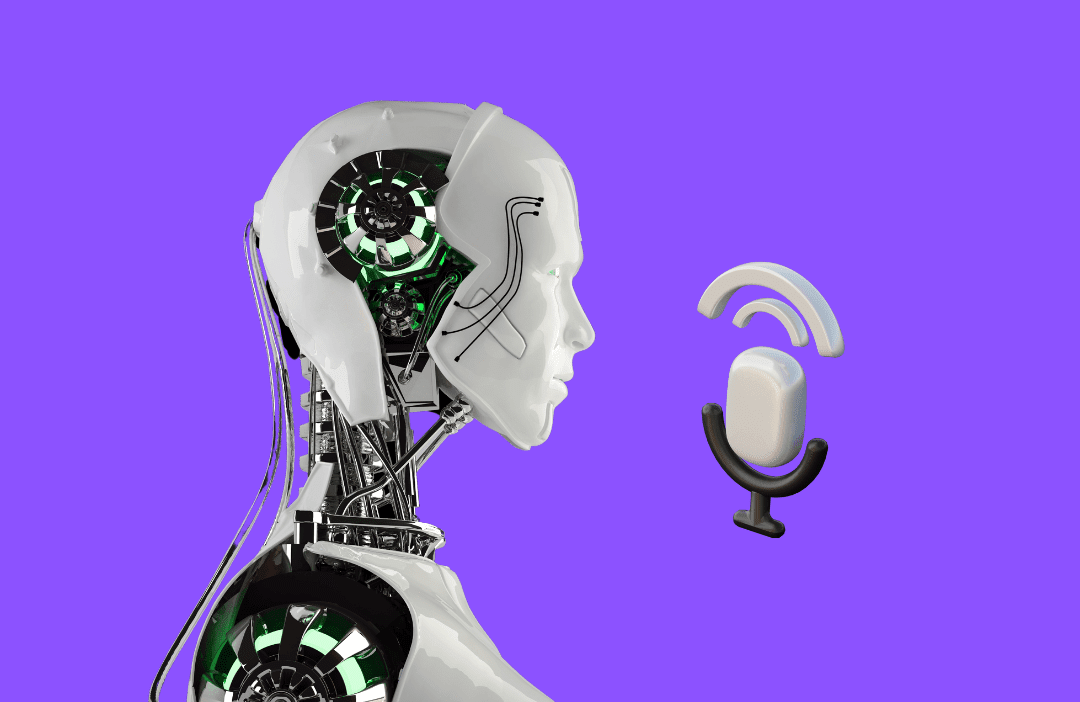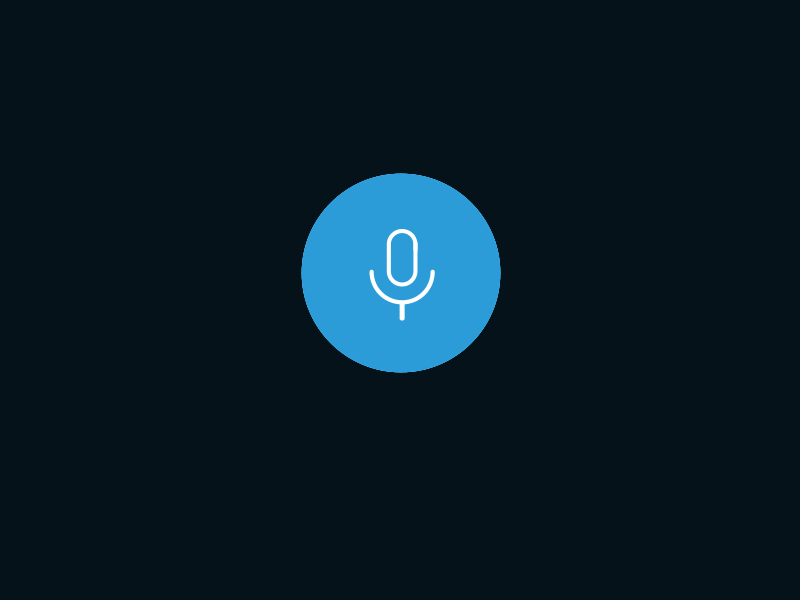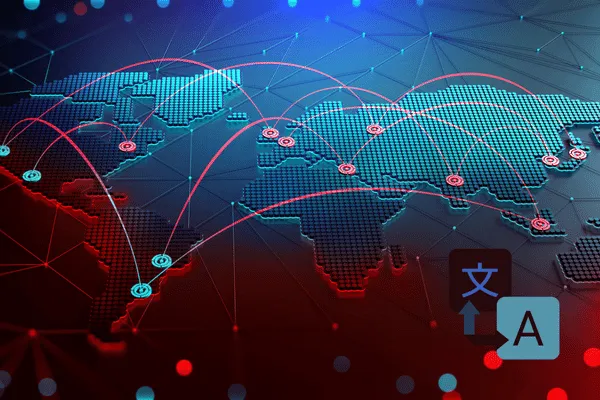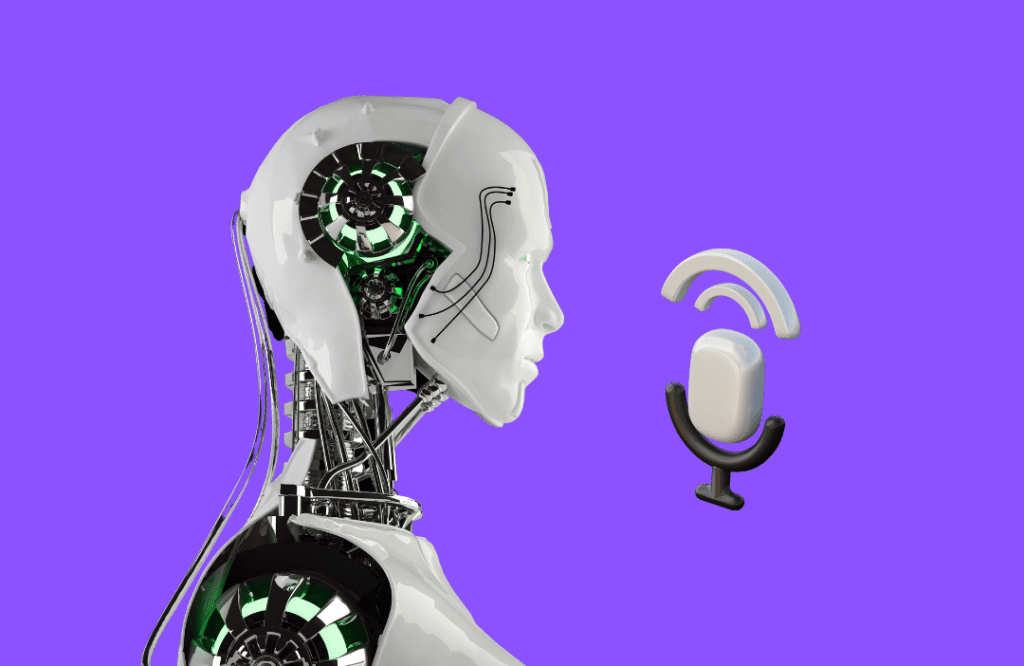Data annotation refers to the process of labeling and voice annotating features of various data such as images, text or speech. Its purpose is to provide machine learning algorithms with enough information to be able to extract useful information from the data and build useful models.
Among them, speech annotation is a technology that expresses sound in text, which can help researchers in the field of natural language processing and developers of speech recognition systems understand and record speech signals more accurately. Speech annotation is also commonly used to build machine learning systems to recognize and classify speech signals and extract features such as speech rhythm and sentence structure.

What is voice annotation used for?
1. Voice input
Voice input can recognize what we speak and convert voice into text entry, which greatly improves efficiency. Voice input can get rid of the obstacles of rare words and pinyin, and use voice to input instantly. Voice input can automatically correct errors according to the meaning of the sentence, and add punctuation to the sentence automatically, making the input faster and the communication smoother.
In daily applications, such as voice transcription of customer service calls, conference transcription, voice input and transcription of communication products, voice medical records, automatic generation of movie subtitles, and smart home commands such as TV sets, all of these are applied to this technology. In the medical field, voice is also commonly used to generate and edit professional medical reports.
2. Speech synthesis
Speech synthesis can convert any text information into a standard and smooth voice in real time, which is equivalent to installing an artificial mouth on the machine. For example, real-time broadcast in the app, synthesis of the voice of a specific person, speech synthesis of verification code content, voice prompts in various scenarios such as customer service, navigation software, halls, vending machines, language pronunciation learning, and portability of voice early education machines.
3. Voiceprint recognition
Voiceprint recognition is a kind of biometric technology, also known as speaker recognition, including speaker identification and speaker confirmation. Voiceprint recognition is to convert the acoustic signal into an electrical signal, and then use a computer to identify it. For example, use voiceprint passwords for identity authentication, login, authorization, check-in, public security identity feature storage, voice wake-up, etc.

The role of voice annotation:
Speech annotation is to mark each speech segment (generally every second of speech) in the speech file, that is, to mark the speech category of each speech segment, such as whether a speech segment is an initial consonant, a final vowel or a whole syllable, etc. In this way, the speech segments in a speech file can be classified. In the research of technologies such as speech recognition and speech understanding, speech annotation is a very important step, which can help machines recognize and understand speech more accurately.

Speech annotation is mainly used for speech processing tasks such as speech recognition, speech synthesis and language understanding. With annotated speech data, the content of speech can be better understood in order to improve speech recognition and speech synthesis systems. At the same time, language models can be established more effectively through voice annotation, helping the voice processing system to better understand language. Speech annotation can also improve the performance of the speech system and increase the accuracy of speech processing.
